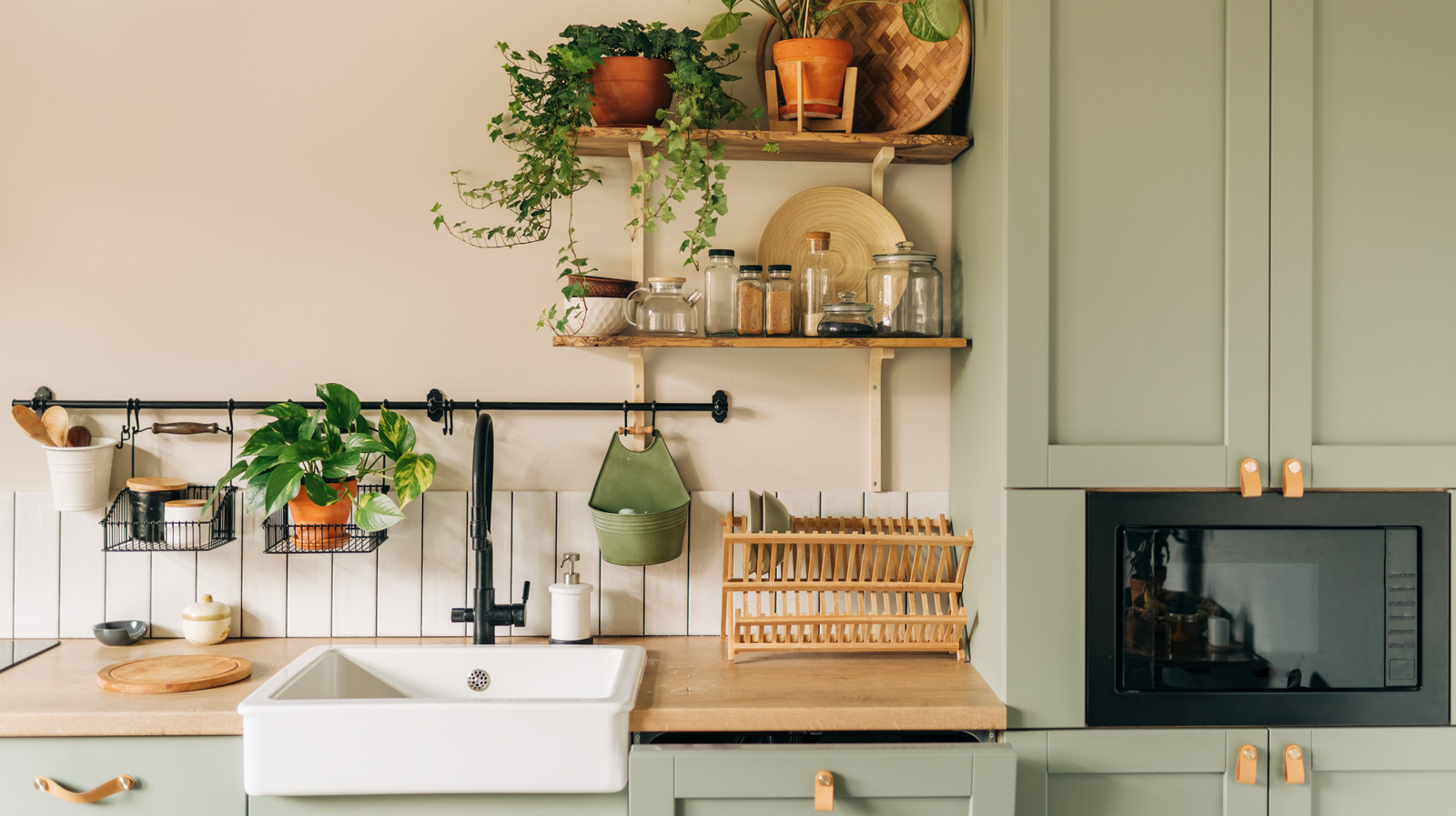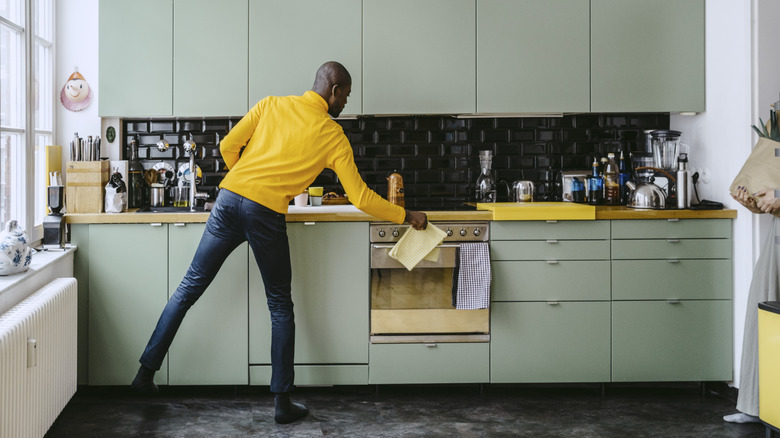The kitchen backsplash is an area that often goes unnoticed and uncleaned until the grout at the edges begins to darken from a mix of steam, oil, and time. This zone absorbs its fair share of kitchen life: Boiling pots, splattering sauces, and the stray flick of a spoon all leave their mark. It isn’t just about appearances. Residue from meals (especially behind a stove or sink) creates the perfect environment for bacteria and mold to settle in, thriving on the warmth and moisture. A neglected backsplash can start to harbor germs and odors that regular counter wipes never touch.
Cleaning this space doesn’t need special sprays or hours of effort. In fact, gentle care does more for both hygiene and the life of your tile than harsh scrubbing ever could. The trick is to keep up a realistic, regular routine, rather than wage war on built-up grime. Using heavy chemicals or abrasive pads risks damaging both glaze and grout, dulling the finish or even eroding what’s meant to keep water out. That’s why three effective, safe and accessible kitchen staples are recommended by experts for glazed tile.
Dish soap cuts grease without leaving a film. Vinegar breaks down stains and dissolves mineral deposits. Baking soda, gentle as it is gritty, lifts residue that clings to textured tile. Together, they’re a practical answer to daily messes and long-term buildup. A quick wipe after cooking or a more attentive clean every week means that the backsplash remains just another surface in the rhythm of your kitchen and not a secret source of avoidance and stress. Even for those who’d rather not scrub, this small maintenance can quietly improve both the look and feel of the whole room.
Simple materials for a simple routine
A gentle, layered approach keeps glazed tile looking its best and avoids the pitfalls of over-cleaning. Start simple: Mix a little dish soap with warm water, and use a soft cloth or sponge to wipe away fresh grease and spots. This solution catches most splatters before they set, keeping the surface clean with minimal effort. For areas where grime lingers, like near the stove burners or under the faucet, reach for baking soda. Sprinkle a little on a damp cloth and gently rub it into any stuck-on residue. Baking soda’s mild abrasiveness lifts stains without scratching the glaze. For mineral deposits or cloudiness (often found near the sink), white vinegar is the answer for a homemade cleaning solution. Spray or dab it onto the tile, let it sit for a couple of minutes, then wipe clean and rinse with water. For stubborn spots, make a paste of baking soda and water, apply it directly, and let it sit before scrubbing gently and rinsing well.
Avoid harsh cleaners and abrasive pads; they do more harm than good, wearing down surfaces and leaving behind scratches or dull patches. For specialty tiles or vintage backsplashes, test any cleaning mixture in a discreet spot first. If you’re working with especially stubborn buildup, consider adding a quick cleaning step at the end of each cooking session. This habit, folded into your existing kitchen routine, keeps grime from accumulating in the first place.
Routine, not force, is what matters. Even a small effort can prevent stains, foul odors, and the kind of hidden bacteria that grows where you don’t tend to. A cared-for backsplash is a backdrop to every meal, and maintaining it is just another part of living well in your space.






